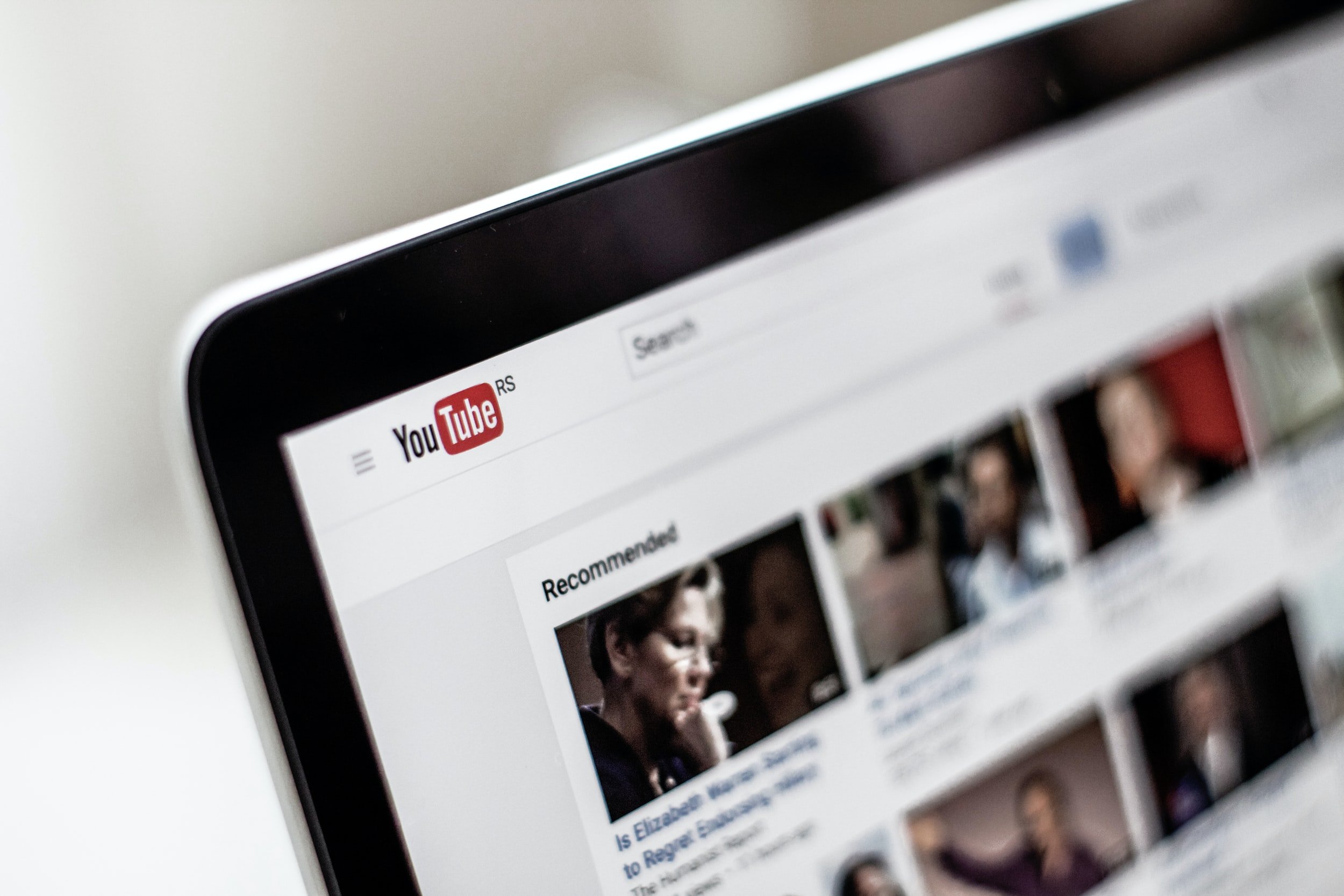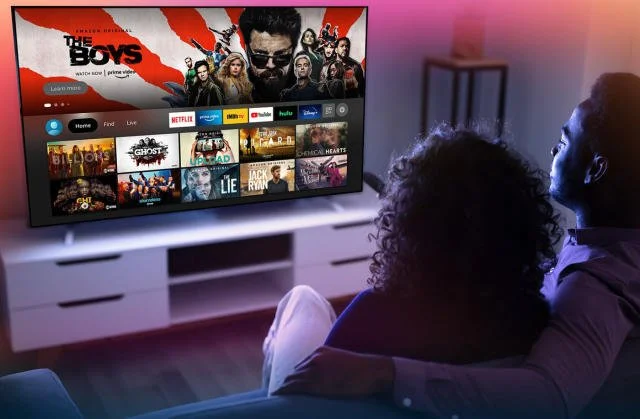
YouTube for Alexa Devices
Background
An expansive selection of family-friendly content is at the core of Amazon’s strategy behind its Echo Show and other Alexa-enabled, cloud-first interactive devices with a screen. Following Netflix, YouTube videos are the most-watched content across the entire Alexa platform. During 2017-2018, I was the Single-Threaded Owner (STO) of YouTube experiences across all Alexa-enabled devices. At Amazon, the STO role entails leading product concept, design, development, validation, GTM, launch, and iteration from 0 to 1 (or to 40M DAU, in Amazon’s case). An STO owns the product lifecycle end-to-end.
My Role
First, with a very small team, I lead product design, implementation, and launch of the very first YouTube release on Echo Show, resulting in a 4.5 (out of 5.0) star rating, favorable customer reviews, and growing device sales. You can ask, “Alexa, play SNL on YouTube” to search for videos, as well as play, pause, browse and perform all video player controls either with a simple and intuitive voice command or by using the touch screen.
Unexpected Problem & Solution
When Google unexpectedly turned off the API developer key, disrupting YouTube availability and adversely impacting millions of customers, the team and I conceptualized, designed, implemented, and launched a replacement product in only eight weeks, resulting in restoring Customer Satisfaction ratings and global sales increase. The replacement experience was two-fold:
Provide continuity to voice commands, such as “Alexa, play <keyword>” videos using Microsoft’s Bing search and video providers Vimeo, Vivo, and Dailymotion. This required establishing a new partnership between Amazon and Microsoft, as well as delivering new video search, player, security, and accessibility features to assure a seamless customer experience.
Play YouTube videos directly using either Amazon’s Silk or Mozilla’s Firefox browsers to support “Alexa, play YouTube videos” or “Alexa, play <keyword> on YouTube” requests. Delivering this experience entailed launching two brand new products: Alexa-enabled Silk browser and Alexa-enabled Firefox browser. Firefox was not part of Amazon’s ecosystem at the time. Hence, the launch called for establishing a brand-new business partnership between Amazon and Mozilla on a compressed schedule without compromising on feature scope or expedited delivery schedule.
Bridging Gaps
Throughout this Sev-1 incident, I had a rare opportunity to facilitate discussions between Google and Amazon C-suite to define a user experience that supports customers on both platforms. With a mission to empower customers to access a wide range of content, irrespective of powering hardware vendors, I helped guide decisions across UX/UI experience, brand, business, and technical impact, security, legal implications, and other factors. Following the successful recovery of YouTube experience across Echo Show, I lead product expansion onto other hardware platforms (Echo Dot, FireTV, Astro) and 12 new countries on every continent, achieving hypergrowth worldwide. All web video products and voice-enabled services met 99.9999% availability to provide a delightful customer experience across all Alexa devices, accounting for 62% of the worldwide digital assistant market share.

